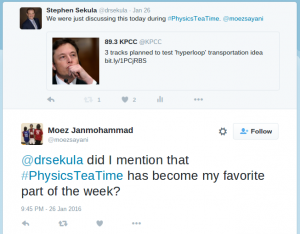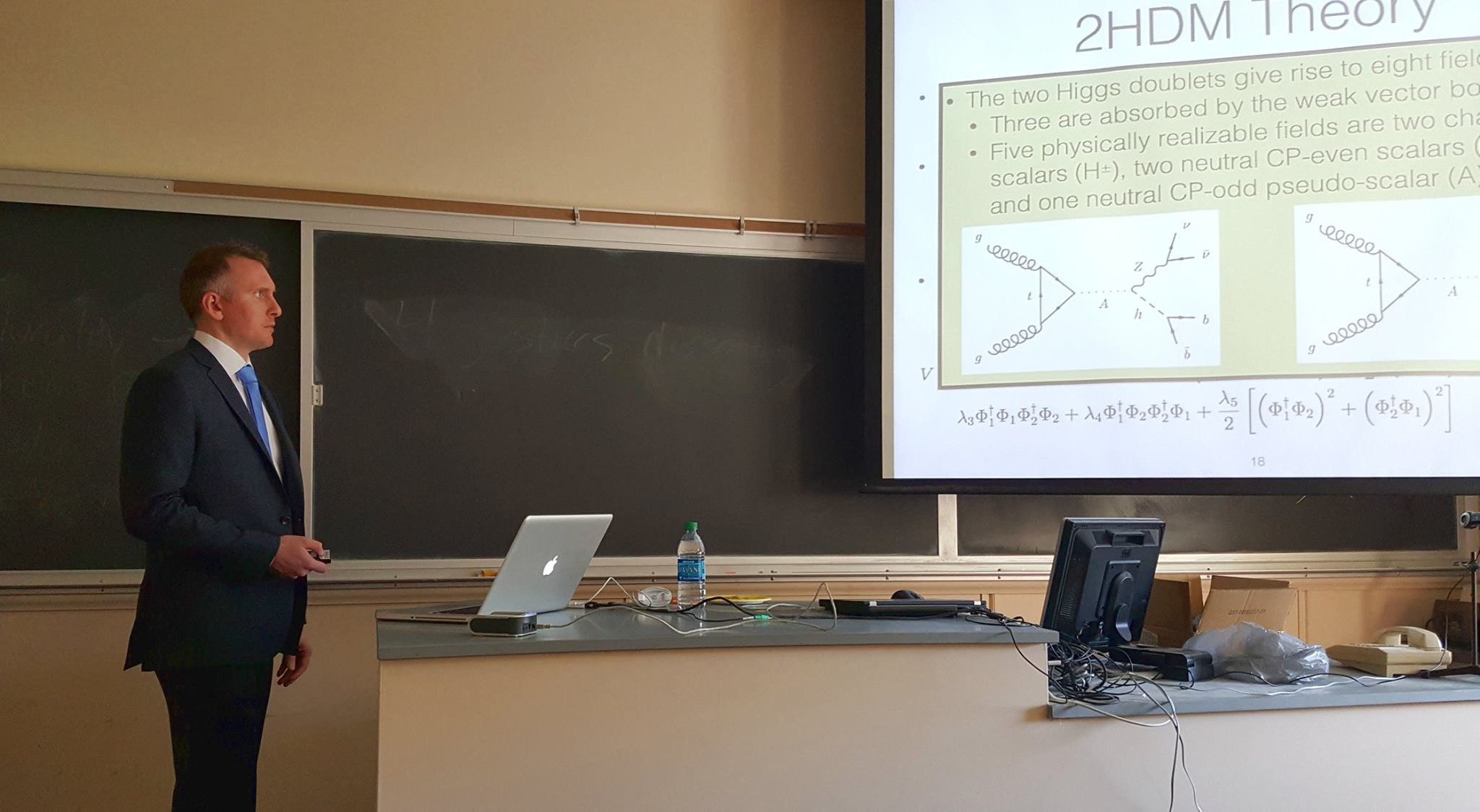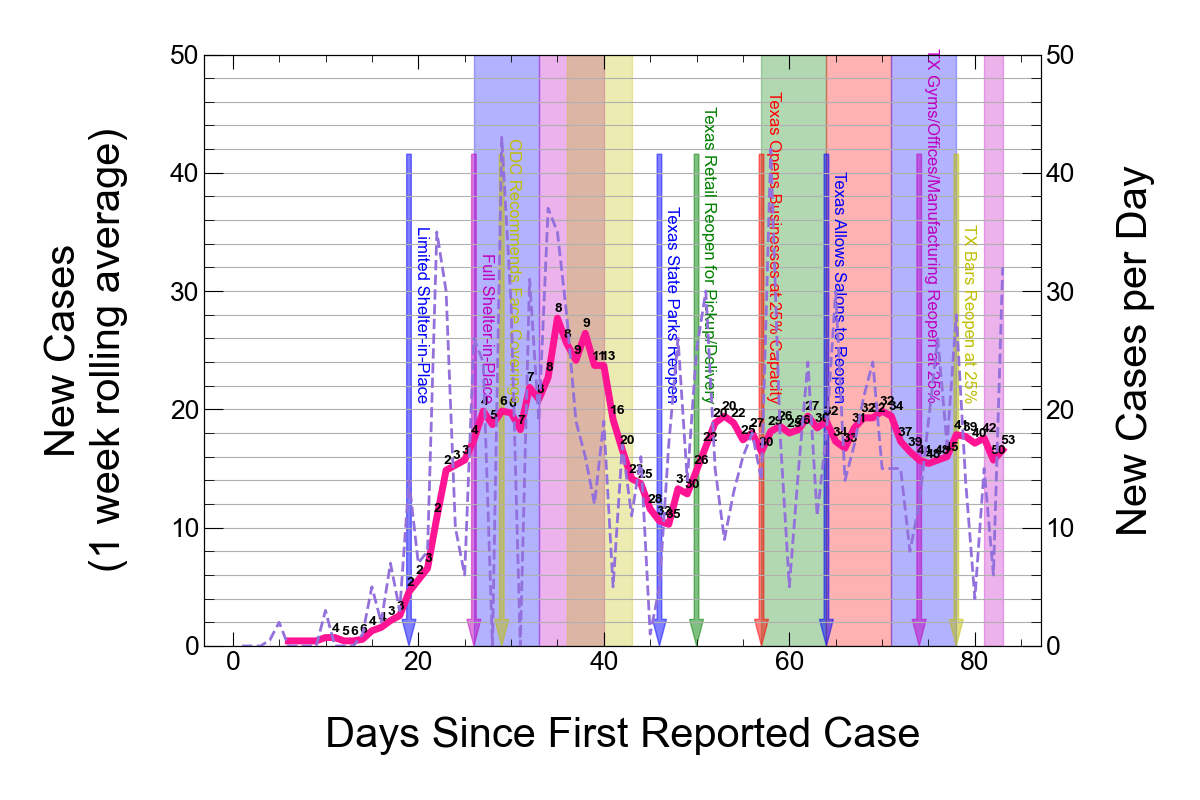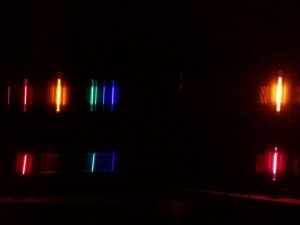
This week was a busy one. My introductory physics course is rolling along and so is Honors Physics, whose membership suddenly swelled. Jodi traveled to Washington D.C. for an American Physical Society leadership event, and I guest-lectured for her Modern Physics class. There were lots of meetings and a fair bit of paper writing for my physics analysis. I held my first undergraduate “Physics Tea Times.” And, in less than a week is my public Godbey Lecture celebrating the 100th anniversary of Albert Einstein’s publication of the General Theory of Relativity.
Physics Analysis
Activity designed to push physics analyses to completion in time to present them at the upcoming Moriond Conferences continues at a high level. My colleagues and I made more progress toward having our work ready for presentation, and my co-authors and I (who are charged with writing the paper) made progress toward completing our paper drafts so they can start to be reviewed by the collaboration in the coming weeks. It’s an exciting time! I will be able to say more when we make results public in March, but for now I am having fun and I never feel like I have enough time for anything. Sounds like particle physics.
Physics Teaching
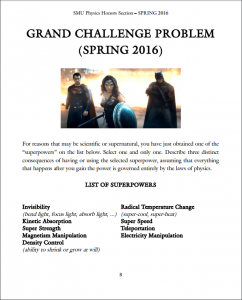
My introductory physics class continues apace as we conclude the second full week of the course. We have begun to explore the electric field and the use of calculus to setup and solve these physics problems. My Honors Physics section met for the second time this week, and membership swelled from 6 the first week to 11 the second. There has even been the promise of a twelfth student who might join in. We’ve only just formed Grand Challenge problem teams, so the semester is still young. This week, the students dropped slinkys and explored how they fall in a gravitational field. This exercise forces them to get hands-on experience with simultaneity (e.g. trying to have two people drop two objects at the same time so that they can see what it takes to get them to hit the ground at the same time), length measurement, and the understanding and determination of the center-of-mass of a system. Oops. They accidentally learned physics while having fun. My bad.
I also guest-lectured in Modern Physics this week, discussing how to setup and solve problems in the relativistic Doppler shift. As the photo at the very top illustrates, we explored what it means to measure the velocity of distant objects like stars. To do this, you have to know the light frequencies emitted by the source itself; but since the source could be hundreds of thousands (or millions) of light-years away, and humans have never gone further than the moon, how can we know this? We use the atomic theory of matter. Stars should be made of atoms, just like the atoms we find on Earth. If we carefully measure the atomic spectral lines of all atoms we can find or make on Earth, we can then know the light that might be emitted from distant, moving stars. We then compare our spectral lines from Earth with those emitted by a distant star. We line up the vertical lines and see how much they have been shifted from where they are located when we measure the same atoms on Earth. Do a little math, care of Relativity Theory, and you can figure out the speed of the distant star relative to Earth. The best part of this was putting diffraction gratings up to mobile phone cameras and shooting the spectra of Hydrogen, Helium, and Nitrogen (so we can imagine what a planetary atmosphere might look like when viewed through a telescope with a diffraction grating attached).
Physics Tea Time
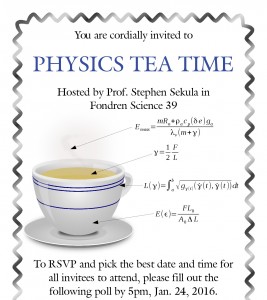
In the spirit of encouraging more and more interaction of undergraduates in (or associated with) our physics program, I hosted the first two of my new “Physics Tea Times.” I have a long list of students I want to invite, but since I want these tea times to be held in my office with my comfortable furniture and coffee/tea equipment, this limits the number of participants for each event to about 6. I used a Doodle poll to try to find the best time for all invitees; they clumped into two groups of acceptable times, so I decided to break the invitees into smaller clumps and hold two tea times this past week. They both seemed to be a rousing success. The first one lasted an hour (bound on the upper end by another commitment), and the second one started at 4pm on Friday afternoon and didn’t wrap up until just after 6pm! I’d say people had a good time; no one stays in the office late on a Friday night unless they are having fun. I certainly had a great time, and the students seemed to have lost track of the clock themselves.
One of the participants gave a rousing review of the event on his Twitter feed:
Getting Ready for Godbey
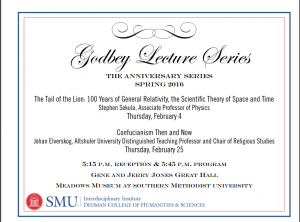
This coming week, on Thursday (Feb. 4), I will deliver a public lecture at SMU as part of the Godbey Lecture Series [1]. The title of my lecture is “The Tail of the Lion: 100 Years of General Relativity, the Scientific Theory of Space and Time”. I will use this rare public engagement opportunity to show a small thread of how notions of force, and space and time, and gravity, changed through long periods of time (when slow progress was made on these subjects) and how events culminated during the life of Albert Einstein that allowed his exceptional talents in thinking, visualization, physics and mathematics to combine to give us deep insights in to nature. I’ll then close with the consequences of General Relativity, both back when Einstein had published it and in the modern world, and the implications of this idea going forward in the next decades.
If you are interested in attending, the event is free but the organizers ask that you RSVP:
https://godbey2016.eventbrite.com/
The event will take place at the Meadows Museum at the south end of the campus, with a reception at 5:15pm and the presentation itself at 5:45pm.
[1] http://www.smu.edu/News/2016/science-literacy-series-27jan2016

